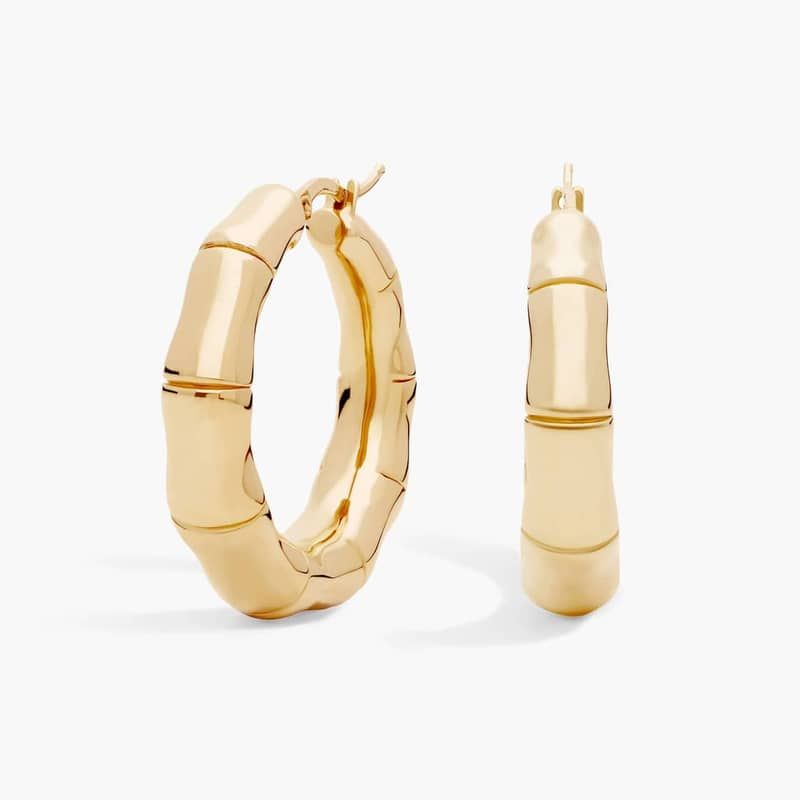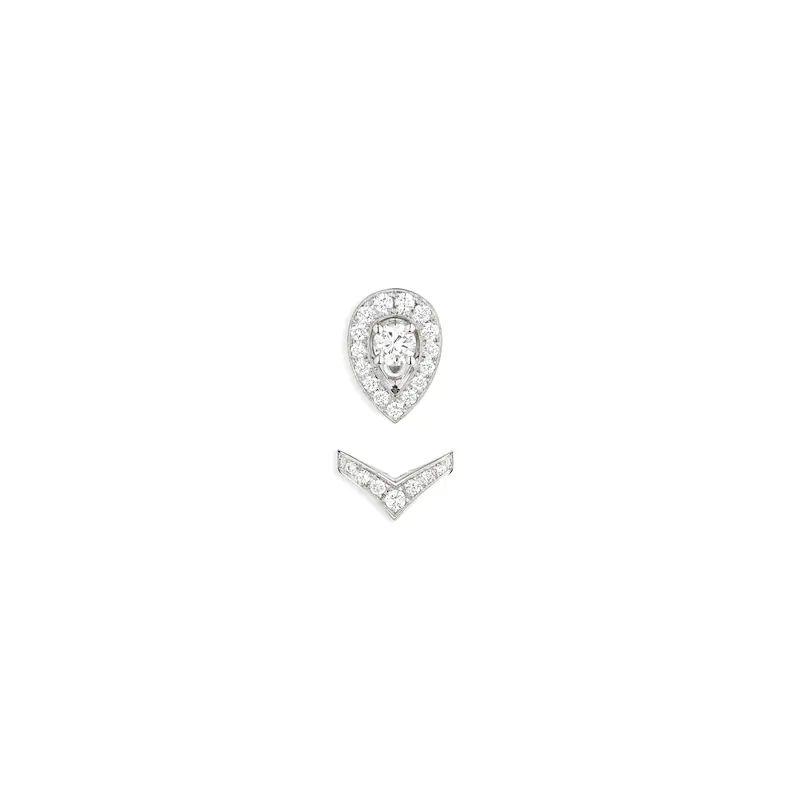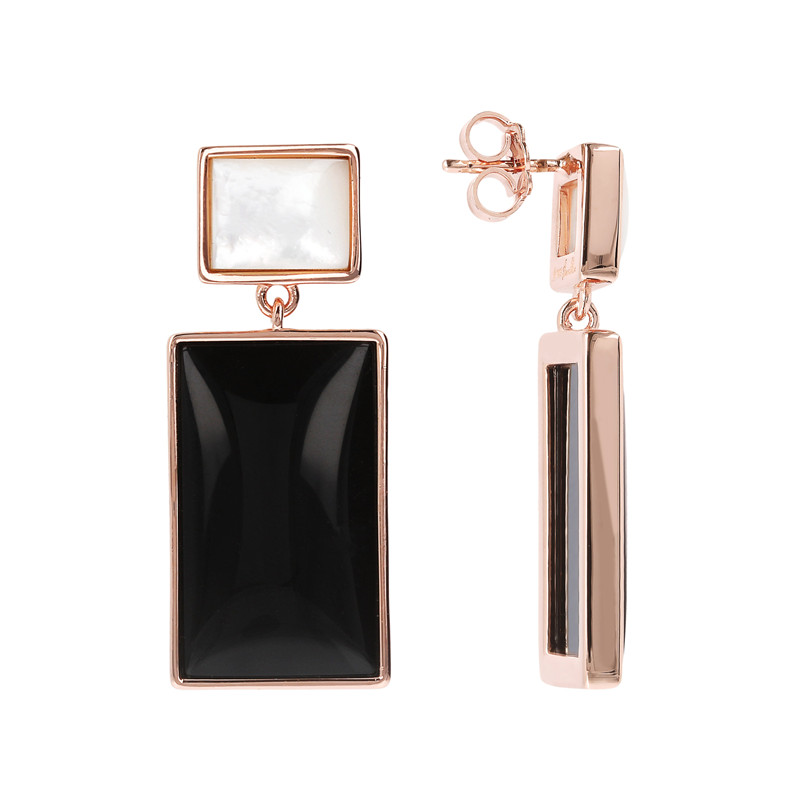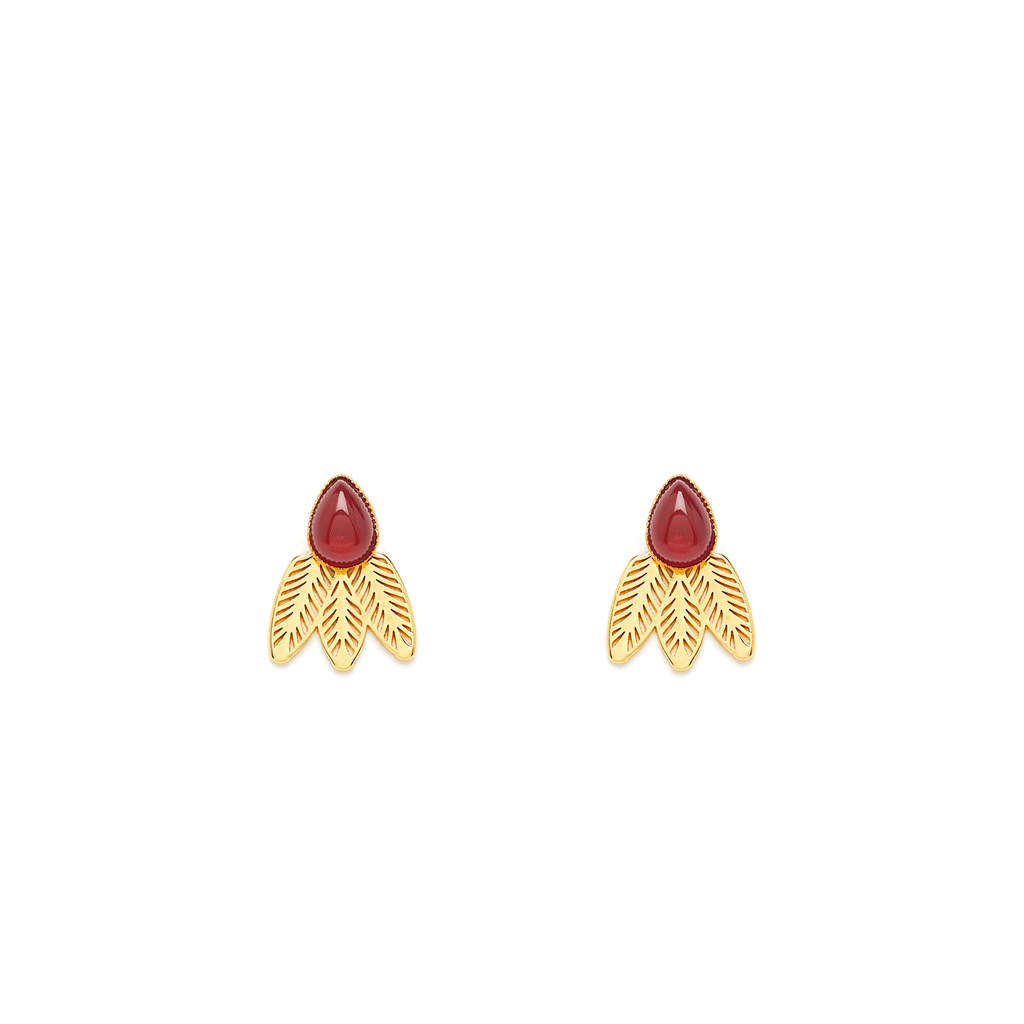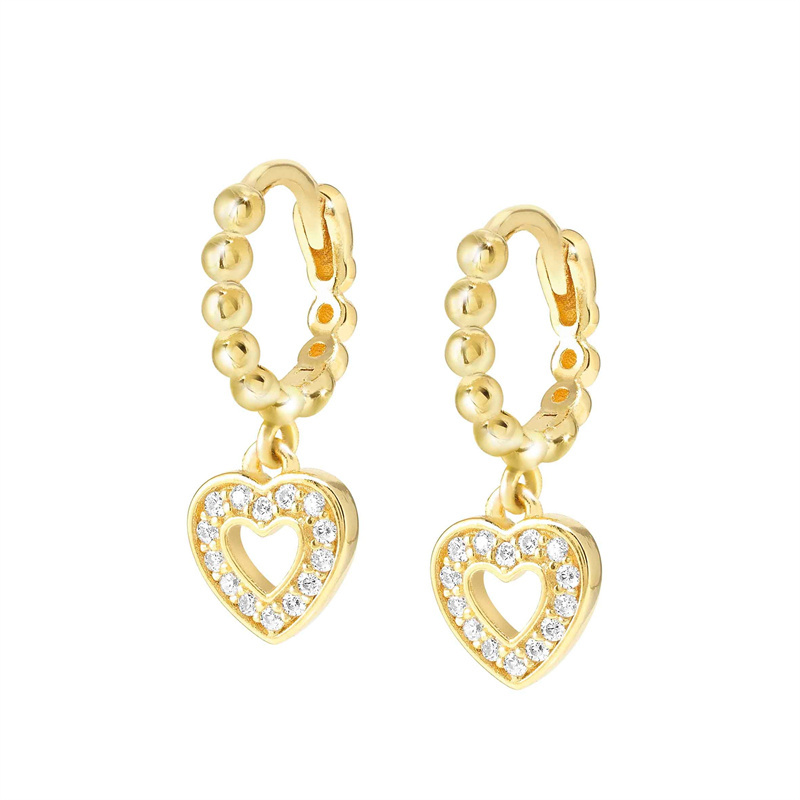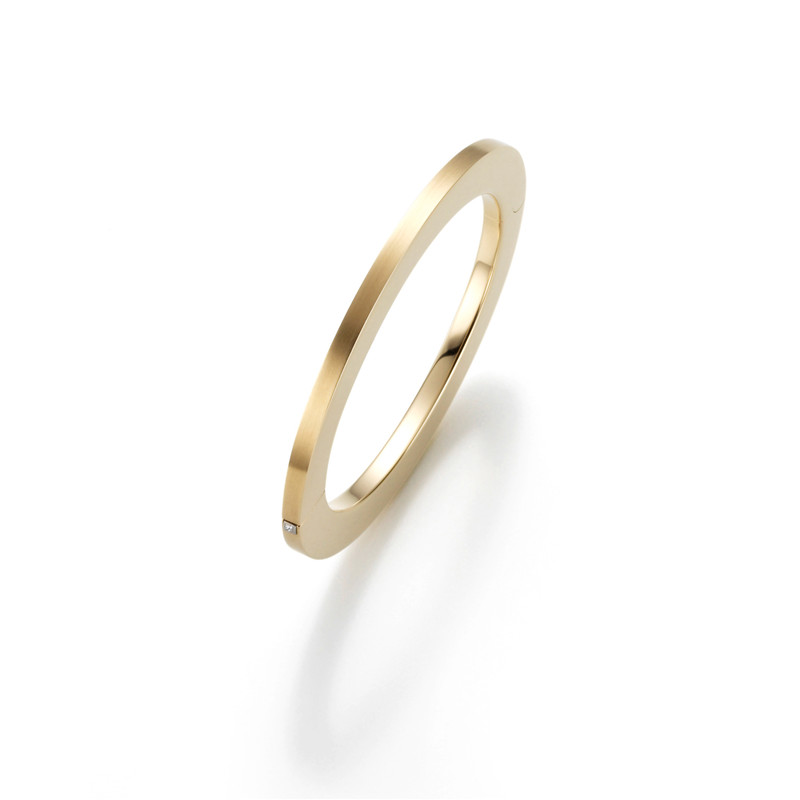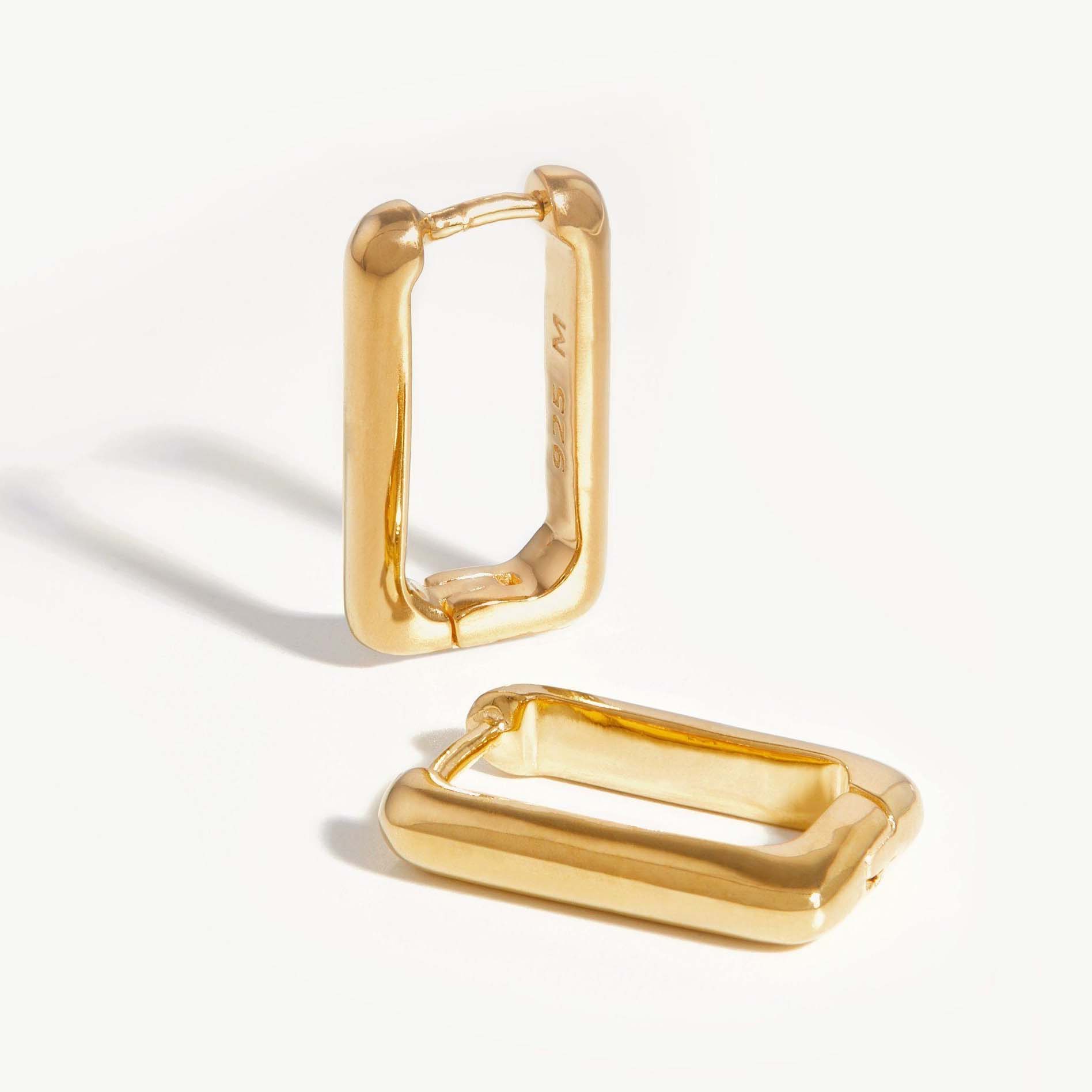Brass vs. Silver for Gold-Plated Earrings: Which Is Better?
OEM/ODM jewelry manufacturer design custom your own jewelry
LET’S GET STARTED : mo@kingjy.com
Brass vs. Silver for Gold-Plated Earrings: Which Is Better?
Introduction
Gold-plated earrings are a popular and affordable alternative to solid gold jewelry. The base metal used underneath the gold plating significantly affects the earrings’ durability, appearance, cost, and longevity. The two most common base metals for gold-plated earrings are brass and silver (925 sterling silver).
This article provides an in-depth comparison between brass and silver as base metals for gold-plated earrings. We will examine their properties, advantages, disadvantages, pricing differences, and suitability for different wearers to help you make an informed decision.
1. Understanding Brass and Silver as Base Metals
1.1 What Is Brass?
Brass is an alloy primarily made of copper (60-80%) and zinc (20-40%). It is widely used in jewelry due to its:
- Affordability – Cheaper than silver or gold.
- Malleability – Easy to shape into intricate designs.
- Warm golden hue – Resembles gold when polished.
Common Brass Types in Jewelry:
- Yellow Brass (Higher copper content, more gold-like).
- Red Brass (More copper, reddish tint).
- White Brass (Contains nickel, less common due to allergy risks).
1.2 What Is Silver (925 Sterling Silver)?
Sterling silver consists of 92.5% pure silver and 7.5% other metals (usually copper). It is a premium jewelry material known for:
- High shine and elegance – Naturally lustrous.
- Hypoallergenic properties (Nickel-free options available).
- Durability – Stronger than pure silver due to alloying.
Common Silver Finishes for Gold Plating:
- Polished silver – Best for smooth plating.
- Oxidized silver – Adds antique effects before plating.
2. Brass vs. Silver for Gold-Plated Earrings: Key Comparisons
2.1 Durability & Longevity
| Factor | Brass | Silver (925) |
|---|---|---|
| Tarnish Resistance | Tarnishes faster (due to copper) | Tarnishes but slower than brass |
| Corrosion Resistance | Prone to green oxidation (if exposed to sweat/moisture) | More resistant but can darken |
| Scratch Resistance | Softer, scratches more easily | Harder, more scratch-resistant |
| Gold Plating Adhesion | Good, but may wear off faster | Better adhesion, lasts longer |
Winner: Silver provides a more durable base for gold plating.
2.2 Hypoallergenic Properties
- Brass:
- Contains copper and sometimes nickel (can cause allergies).
- Not ideal for sensitive ears unless coated.
- Silver (925):
- Generally hypoallergenic (if nickel-free).
- Better for sensitive skin.
Winner: Silver is safer for those with metal allergies.
2.3 Appearance & Finish Quality
- Brass:
- Warm yellow tone (enhances gold plating’s richness).
- Can show through if plating wears off.
- Silver:
- Bright white base (gives gold plating a cleaner look).
- If plating wears, silver underneath still looks presentable.
Winner: Silver offers a more premium finish.
2.4 Maintenance & Care
| Maintenance Factor | Brass | Silver (925) |
|---|---|---|
| Tarnish Prevention | Needs frequent polishing | Requires occasional polishing |
| Exposure to Moisture | Can turn skin green | Less likely to react |
| Longevity of Gold Plating | Wears off faster | Lasts longer |
Winner: Silver requires less maintenance over time.
2.5 Price Comparison
| Material | Average Cost (Per Gram) | Gold-Plated Earring Price Range |
|---|---|---|
| Brass | $0.50 – $2 | $10 – $50 (mass-produced designs) |
| Silver (925) | $1 – $5 | $30 – $150 (higher-end designs) |
Why is silver more expensive?
- Precious metal content (92.5% silver).
- Higher labor costs (silver is harder to work with).
- Longer-lasting gold plating.
Winner: Brass is more budget-friendly.
3. Which Is Better for Gold-Plated Earrings?
Choose Brass If You Want:
✅ Affordable earrings (great for fashion jewelry).
✅ Rich gold-like appearance (brass enhances warmth).
✅ Trendy, disposable designs (short-term wear).
Choose Silver If You Prefer:
✅ Longer-lasting gold plating (better adhesion).
✅ Hypoallergenic & skin-friendly material.
✅ Higher-end, durable jewelry (investment pieces).
4. Expert Recommendations
Best for Everyday Wear:
- Silver (more durable, tarnish-resistant).
Best for Fashion/Seasonal Jewelry:
- Brass (cost-effective for trendy styles).
Best for Sensitive Ears:
- Nickel-free silver (avoid brass if prone to reactions).
Best for Long-Term Investment:
- Thick gold-plated silver (lasts years with care).
5. Conclusion: Brass vs. Silver for Gold-Plated Earrings
Both brass and silver have their pros and cons when used as base metals for gold-plated earrings.
- Brass is cheaper and great for fashion jewelry, but it tarnishes faster and may cause allergies.
- Silver is more durable, hypoallergenic, and luxurious, but it comes at a higher price.
Final Recommendation:
- For budget-friendly, trendy earrings → Brass
- For high-quality, long-lasting earrings → Silver
By understanding these differences, you can select the best material for your gold-plated earrings based on your needs and budget.
